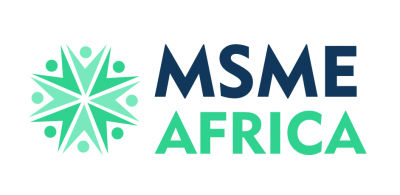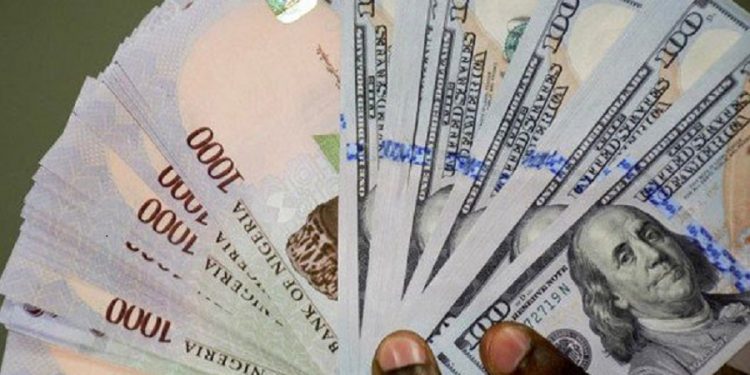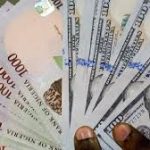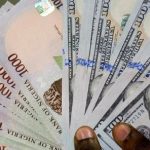After a brief period of gains, the Nigerian naira has resumed its downward trend into the new year, continuing to face challenges in the Electronic Foreign Exchange Market (EFEMS). The local currency recorded three consecutive days of losses, despite moderate demand in the first week of January 2025. On January 8, the naira opened at N1,536 per dollar and closed at N1,541.70, reflecting a 0.30% depreciation.
Traders saw fluctuations, with the dollar reaching a high of N1,544 per dollar and a low of N1,536.50 in the foreign exchange market. While the naira showed early promise, trading below N1,540 on January 2, 2025, and briefly breaking into N1,537 per dollar on January 3, the local currency has struggled to maintain this momentum.
The naira also weakened in the parallel market, trading at N1,655 per dollar, up from N1,650. Experts have warned that the naira could approach N2,000 by the end of 2025, citing the pressure from foreign exchange scarcity and increasing demand. However, some analysts remain hopeful, pointing to the potential positive impact of Nigeria becoming a net exporter of petroleum products by the end of the year. The anticipated launch of the Dangote, Port Harcourt, and Warri refineries could reduce the country’s reliance on imports and offer some relief to the naira.
Janet Ogochukwu, a senior banker and economist, predicts that the first half of January will remain challenging for the naira. The demand for foreign exchange will spike as Nigerians prepare for trade, school fees, and the return of diasporan Nigerians, all adding to pressure on the local currency. However, she anticipates a potential stabilization of the naira toward early February, once these seasonal demands ease.
While the outlook for the naira in 2025 remains uncertain, analysts agree that external factors, such as the country’s petroleum production shift, will play a crucial role in its future performance.










